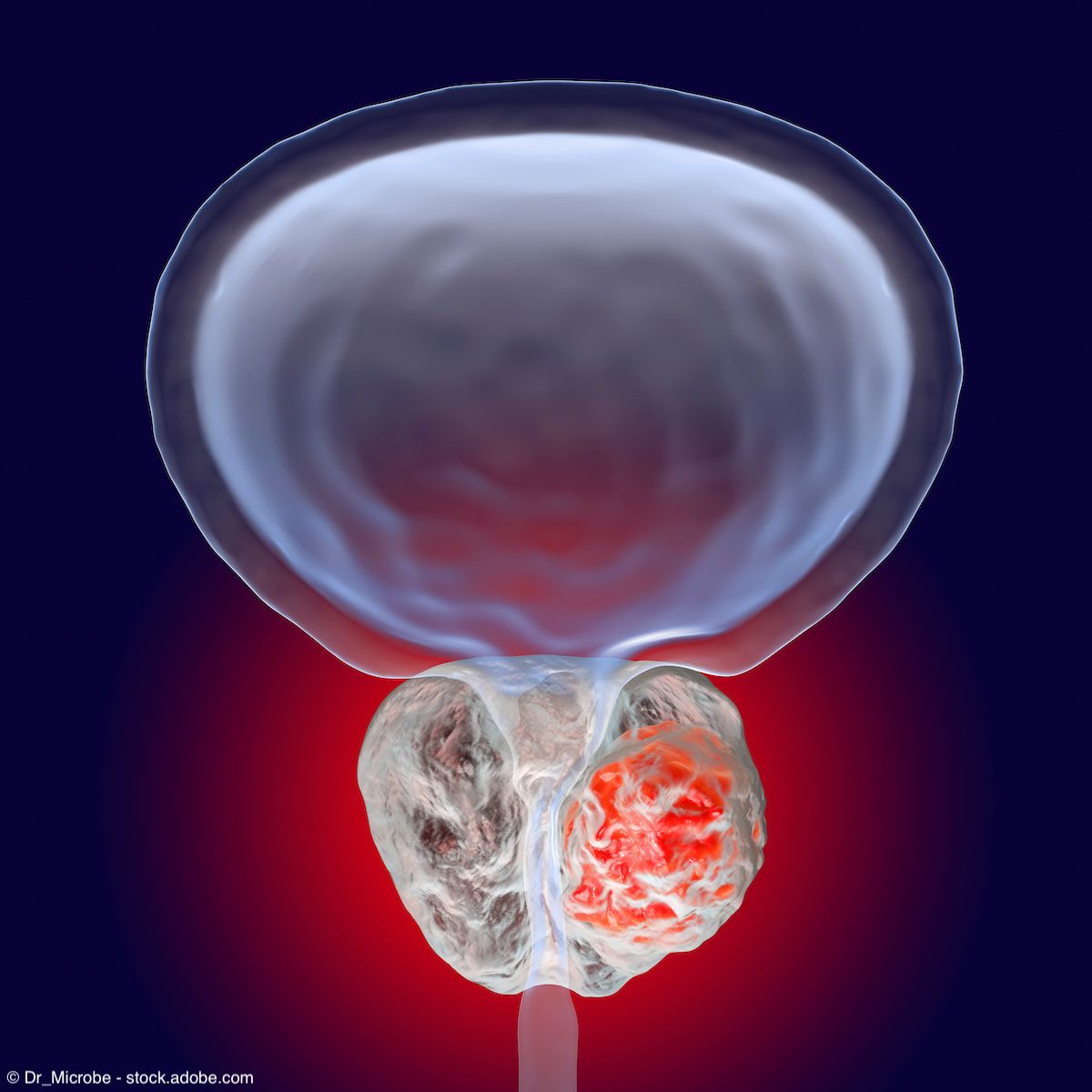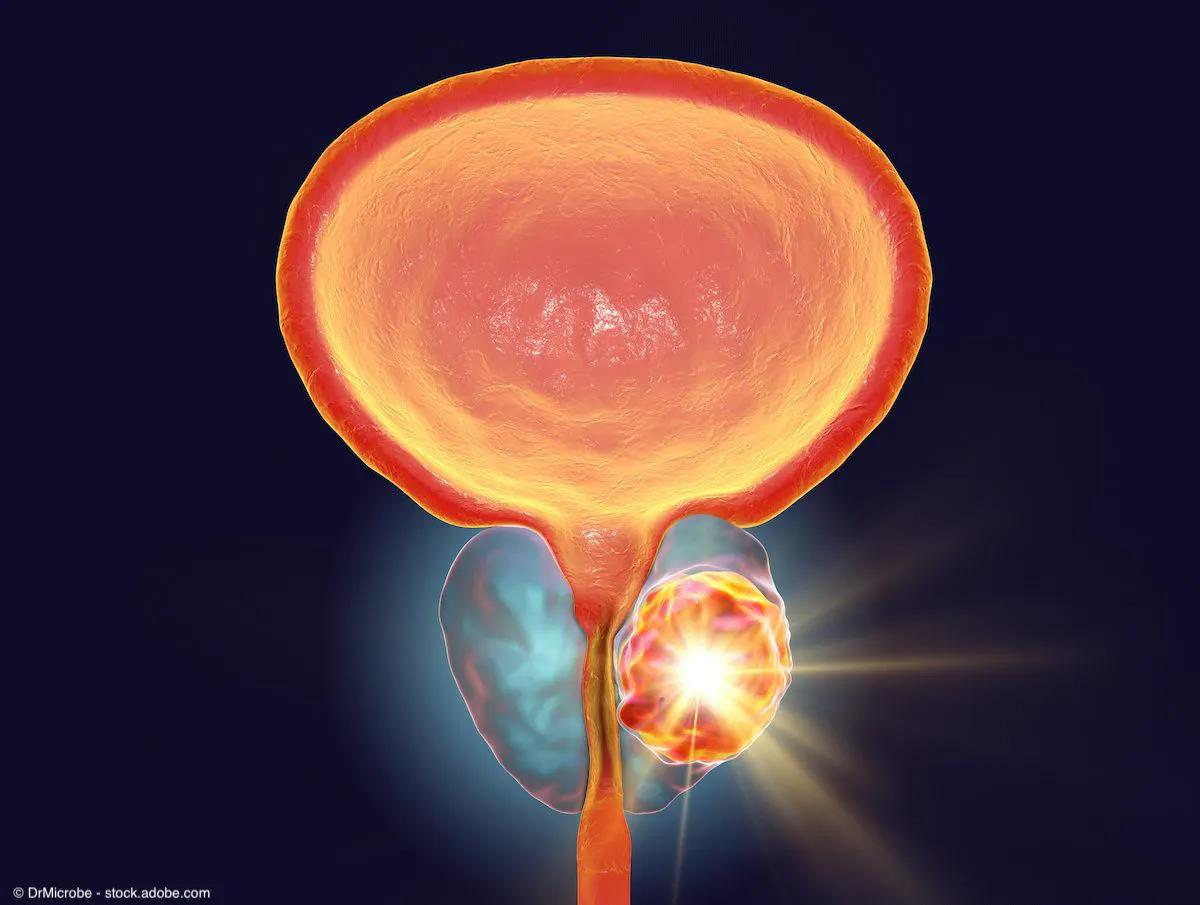Opinion
Video
Alicia Morgans, MD, MPH, on physician awareness of PSA doubling time in prostate cancer
Author(s):
"We found that actually, many, many physicians were not reporting PSA doubling time," says Alicia Morgans, MD, MPH.
In this video, Alicia Morgans, MD, MPH, gives an overview of the study “Impact of physicians’ awareness of prostate-specific antigen doubling time (PSADT) on treatment (Tx) decisions in high-risk (HR) biochemically recurrent (BCR) prostate cancer (PC),” which she presented at the 2025 American Society of Clinical Oncology Genitourinary Cancers Symposium in San Francisco, California. Morgans is a genitourinary medical oncologist and the director of the Survivorship Program at Dana-Farber Cancer Institute in Boston, Massachusetts.
Transcription:
Please provide an overview of this study and its notable findings.
This study was a retrospective, observational, multi-site study that was really pulled from physician abstracted medical chart reviews from an EMR using Cardinal Health oncology data. And I think it's really important, as we set the stage for the study, that we were doing this to better understand how treatment decisions are being made for patients who have hormone-sensitive, high-risk biochemical recurrence, or this kind of newer name for it: non-metastatic castrate-sensitive prostate cancer, and we were just trying to explore, in particular, PSA doubling time and whether physicians were using this routinely to understand the risk and to stratify their patients who had this high risk biochemical recurrent state disease. What we did was use this sort of registry of data...and pull out different data points so that we could understand the patient population. And one of those points was to understand whether or not physicians were reporting in their notes this concept of PSA doubling time, which, of course, is really just, in essence, the time it takes for the PSA to double. Importantly, we don't just make a gestalt, or guess with our heads. We actually have to plug these numbers and dates into calculators to get reliable and valid assessments of PSA doubling time. Ideally, we are able to plug numbers back over the preceding 6 to 12 months to get something that's a bit of a stable estimate. In any event, when we did this and we looked at whether or not patients were reporting this, we found that actually, many, many physicians were not reporting PSA doubling time, and actually, it was more common to have an unknown PSA doubling time in the chart, rather than a known PSA doubling time. The other thing that I think was really important is that when physicians were reporting the PSA doubling time, they were often reporting that it was longer than it was when we went back and double checked their work and plugged those PSAs into the calculator to see what the valid and reliable, stable, PSA doubling time actually was on a double check calculation. They were essentially estimating it to be longer than it was, meaning that they were underestimating the aggressiveness of the cancer. I would also say that when we looked into which patients were having these doubling times calculated, we found that it was more commonly calculated for people who were older, had a recurrence of their prostate cancer or a rising PSA more quickly after the initial treatment. These patients often had higher Gleason scores, higher performance statuses, so they were frailer patients, and they may have had higher baseline PSA levels as well. So physicians were trying to kind of target those individuals, I think, who they believed, may have had higher risk disease when they were actually doing the calculation. But in general, they were really under calculating, or at least under reporting this number in a large number of patients.
This transcription was AI generated and edited by human editors for clarity.
















